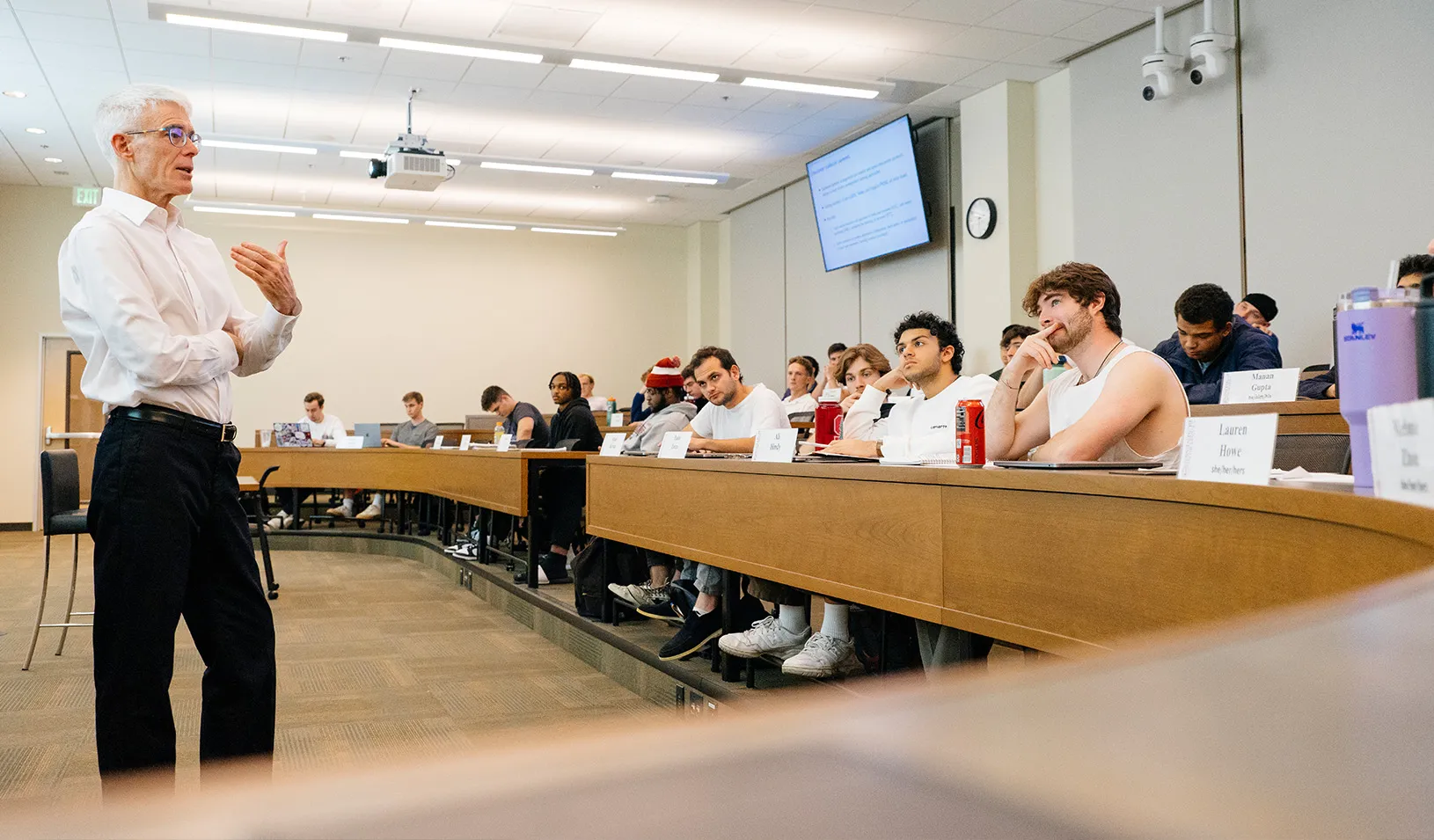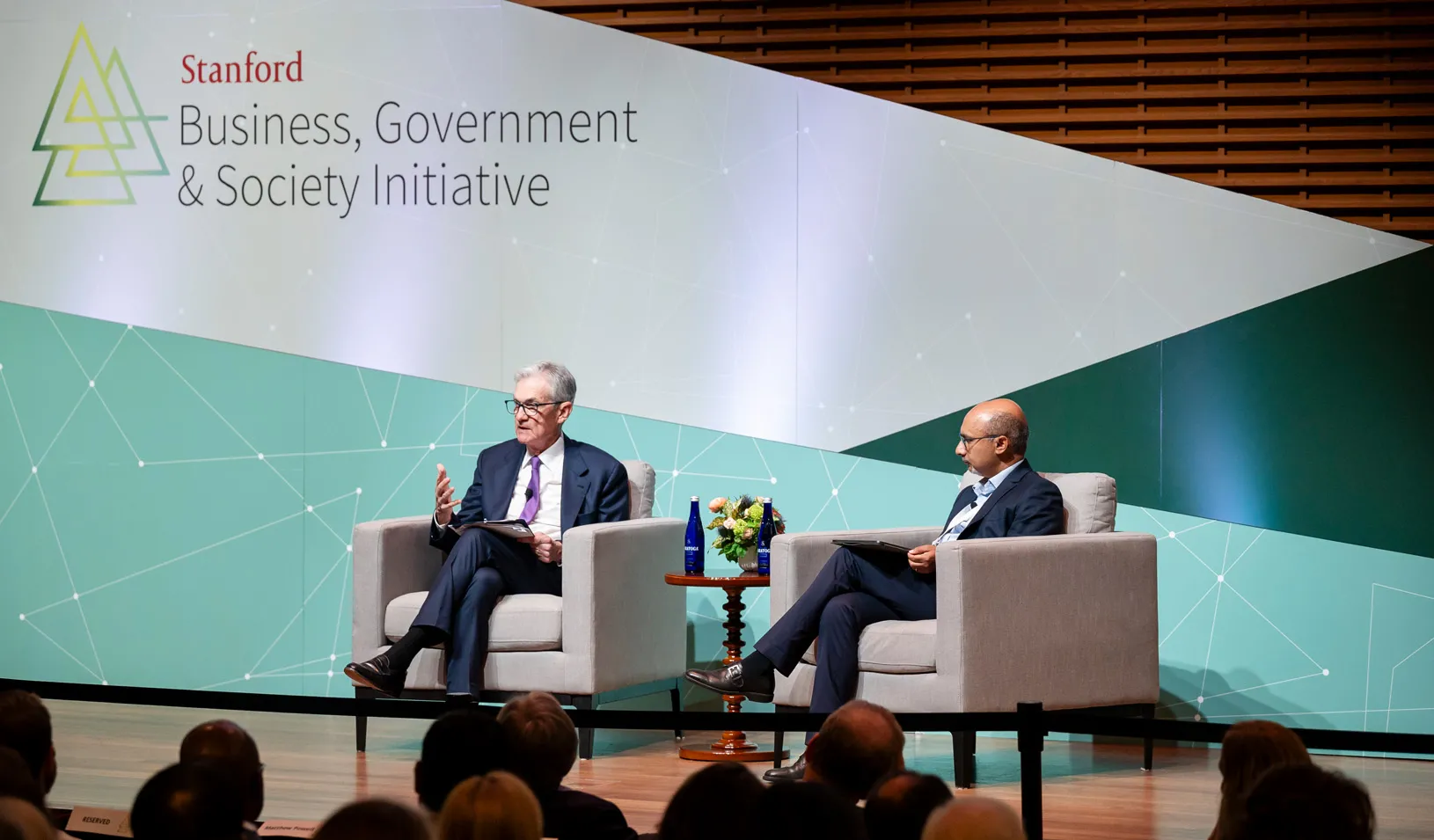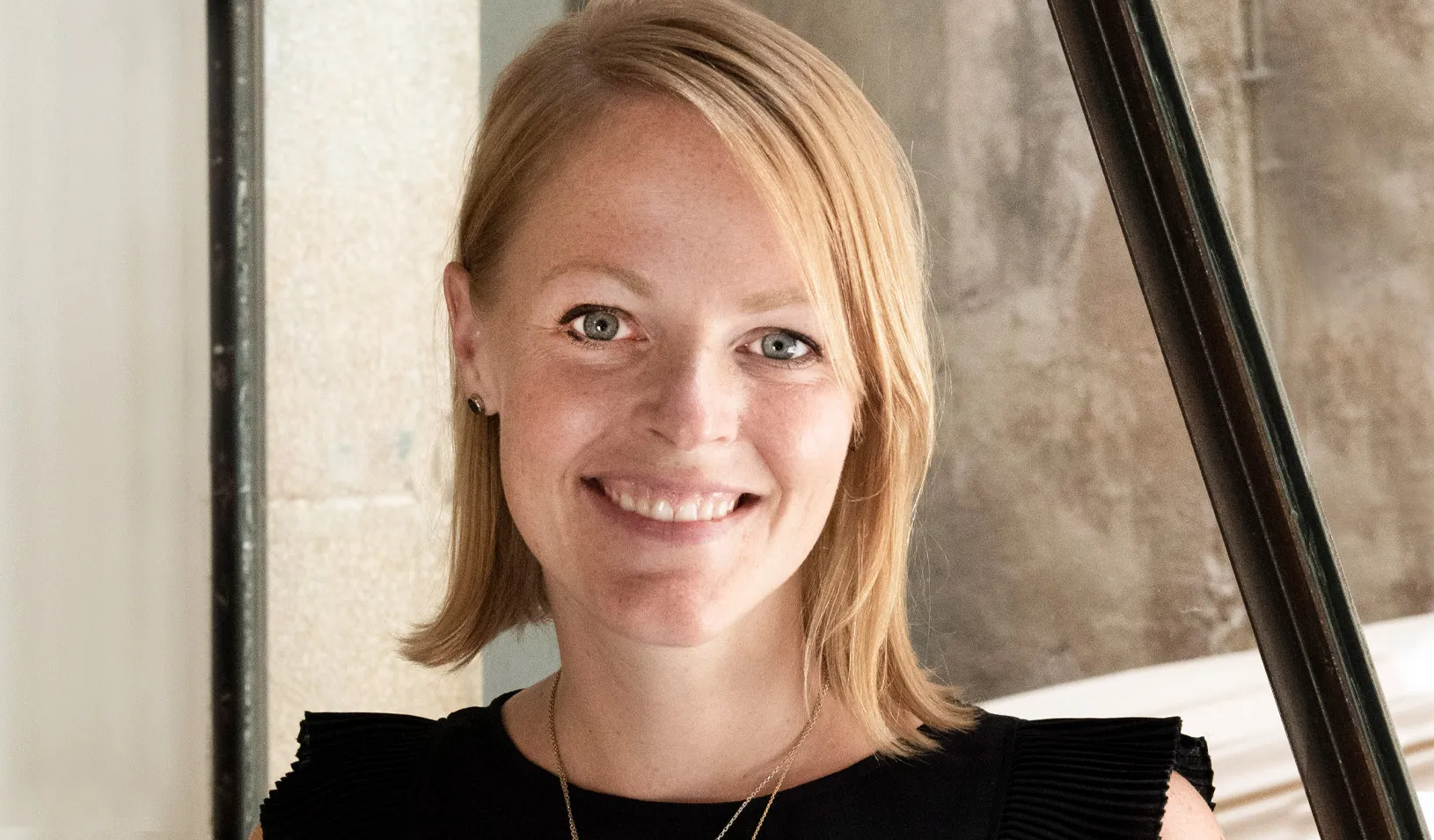Office Artifact: Claudia Allende’s Rongorongo Tablets
An artwork from Rapa Nui is a reminder of the importance of leaving home to learn about the world.
March 18, 2022

“My research isn’t about staying in the office on my computer.” | Elena Zhukova
In the 19th century, dozens of Rongorongo tablets were discovered on Rapa Nui, or Easter Island. Those are all in museums or private collections now. I bought these replicas when I visited the island 10 years ago, between my undergraduate and master’s degrees.
Editor’s Note
In this series for Stanford Business magazine, we visit Stanford GSB professors’ offices and ask them to share the stories behind one of the favorite knickknacks.
Claudia Allende Santa Cruz is an assistant professor of Economics and a Center Fellow at the Stanford Institute for Economic Policy Research (SIEPR).
Even though Rapa Nui is a territory of Chile, the culture is nothing like my home country. The locals speak the Polynesian language of Rapanui. The population is concentrated to just one town of about 8,000 people. You can’t really rent bikes there, so when we went, my friends and I brought ours. We biked around to the villages and met locals, hiked, and went scuba diving. We stood on the top of Ma’unga Terevaka, an extinct volcano where you see water in every direction. Rapa Nui is the most isolated inhabited island in the world.
I bought the tablets from a local artist in the town of Hanga Roa. They aren’t something you can get in a tourist shop or order online. If you look closely at them, some of the inscribed glyphs look like people and fish, others look like palm trees and sea turtles. But the script has never been deciphered. That’s how the whole island is — it’s full of enigmas.
My research isn’t about staying in the office on my computer; I travel to the countries in which I work. I study how firms compete within markets. I’ve done research in Chile, Peru, the Dominican Republic, Colombia. It’s really on-the-ground: I’m working with government organizations, talking to people, and using local data. I feel like a modern-day Indiana Jones. As a scientist you need theory, of course, but for me, being in the place is a key part of my research.
I travel to Chile frequently. Right now, I’m studying the economics of school choice there. More than 70% of the schools are private, so most families use the voucher system. I work with the government to build interventions that will help families search for schools. We created an app where parents can see the schools in their area, how they rank, and take a virtual tour. We call it marketing for school choice, or marketing for social decisions.
People think of economics in monetary terms. But it’s the study of human behavior and the decisions we make. And people often don’t have enough information to make the choice that’s best for them. Growing up, my parents talked a lot about the societal problems our country was facing, and I became interested in how to use the market and policy design to address inequalities.
I’ve carried the tablets with me to my various offices since that trip. They’re the first things in my new office here at Stanford. I got the Rongorongo tablets the same way I get my empirical research: by experiencing a place and learning about its people.
— Told to Jenny Luna
For media inquiries, visit the Newsroom.
Explore More
Back to Class: Pathfinder

Business, Government, and Society Forum Looks at New Demands on Leadership

Erin Nixon Joins Stanford GSB as Assistant Dean of Admissions
